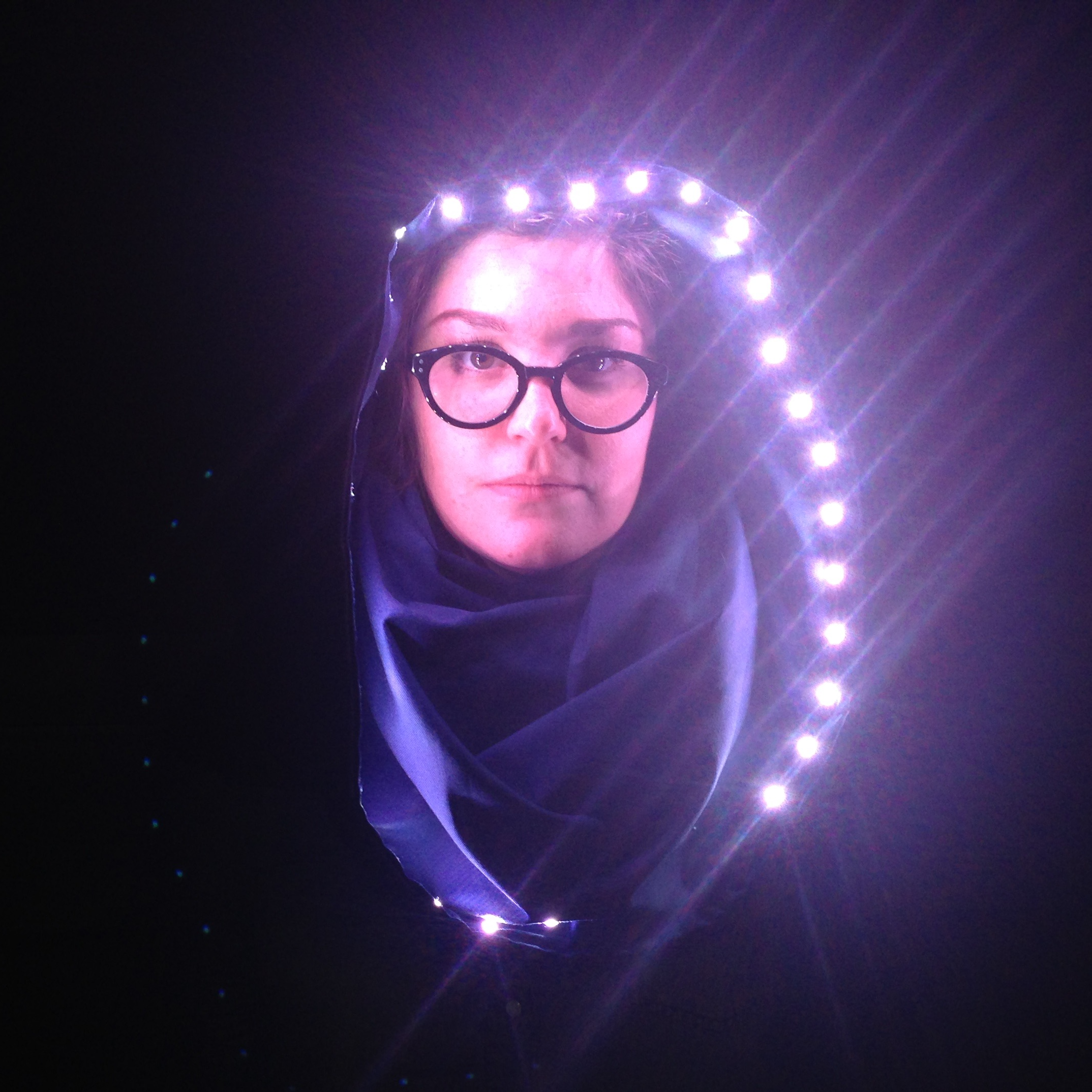Our Ultra-Processed Interfaces
What Music Technology Can Learn From Doritos
Many digital musical instruments, both commercial and otherwise, share similar interface design characteristics like rectangular rubber pads, piano interfaces, sliders, and grids of controls. These conventions are useful, but where do they come from, and why are they so ubiquitous?
In this talk I dive deep into how the design conventions of music interfaces have evolved, and how traditionally they're deeply rooted in the culture in which they're created ... until recently. I discuss how this decoupling of musical interfaces from cultural context has developed alongside the larger contemporary trend of "ultra-processing", a way of creating consumable products, from food to media to devices, that are engineered for maximum consumption. I describe how this idea of ultra-processing can be observed in digital musical interfaces, as well as the larger social, economic, and cultural effects of ultra-processing on our musical outputs. Along with a historical and theoretical perspective on interface design, this talk discusses ways that we might adopt an informed and critical standpoint when creating interfaces for ourselves, and for others.

Astrid Bin
Designer
Astrid Bin
Astrid Bin is an artist and designer who specialises in making complex things useful, beautiful and understandable. Alongside her history of working as an announcer for international Lego robot competitions and explaining rocket science to children, she's also worked as a music technology researcher across academia and industry. Most recently she was the founding designer of Bela, and is currently working in e-textiles research for musical interacton and freelancing on interesting projects. She lives in Berlin.